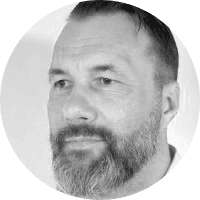Marketing Strategy Services
“The first natural advantage of good strategy arises because other organizations often don't have one. And because they don't expect you to have one, either. A good strategy has coherence, coordinating actions, policies, and resources so as to accomplish an important end. Many organizations, most of the time don't have this. Instead, they have multiple goals and initiatives that symbolize progress, but no coherent approach to accomplishing that progress other than “ spend more and try harder. “
Good Strategy / Bad Strategy by Richard Rumelt

- 1. What is Marketing Strategy?
- 2. Does a company need a Marketing Strategy?
- 3. How can I tell if a Marketing Strategy is any good?
- 4. What are the key elements of a good marketing strategy?
- 5. What are the key elements of a good Marketing Strategy?
- 6. How can Duffy Agency’s services help with my organization’s Marketing Strategy?
What is Marketing Strategy?
Marketing Strategy, in simple terms, refers to a long-term plan or approach that a business develops to achieve its marketing objectives by effectively managing the elements of its Marketing Mix (product, price, place, and promotion) in alignment with its overall business goals.
Typically, an organization will develop an overarching global Marketing Strategy and then customize that strategy to the nuances of each local market with a Localized Marketing Strategy. Marketing Strategy involves making strategic decisions and setting priorities for each element of the Marketing Mix to create a cohesive and coordinated approach. Here’s a breakdown of how each element relates to Marketing Strategy:
- Product Marketing Strategy includes decisions about where to focus R&D efforts, what products or services to offer, how to differentiate them from competitors, and how to position them in the market to meet the needs and desires of the target customers effectively.
- Price Marketing Strategy involves determining the pricing strategy, considering factors such as cost, value perception, competition, and target market dynamics, to maximize profitability, market share, or other pricing objectives.
- Place (Distribution) Marketing Strategy encompasses decisions about the distribution channels and methods to make the product available to customers. It involves choosing the most effective channels, such as direct sales, retail partnerships, or online platforms, to ensure convenient and efficient product access.
- Promotion Marketing Strategy includes decisions about how to promote the product, such as advertising, public relations, sales promotions, or digital marketing, to create awareness, generate demand, and build a positive Brand Image.
Additionally, Marketing Strategy involves conducting market research and analysis to understand the target market, identifying market opportunities and challenges, segmenting the market, and developing a positioning strategy that sets the business apart from its competitors.
By developing a comprehensive Marketing Strategy, businesses can make informed decisions, allocate resources effectively, and create a roadmap to achieve their marketing objectives while aligning with their overall business goals. Once the Global Marketing Strategy is in place, localized versions can be produced with each new market entry.
Does a company need a Marketing Strategy?
No, you don’t need a Marketing Strategy. You could simply make it up as you go along. If you have a truly unique product, that is well known, scarce, and in high demand with few competitors, this can work. In those cases, your product will practically sell itself. For the rest of us, a Marketing Strategy is highly recommended.
A Marketing Strategy is the blueprint that specifies a plan for how your business will grow, overcome obstacles, and develop a competitive advantage. You may note that many builders work without blueprints and do just fine. This may be true if you are building a deck or tool shed. But try to build a hospital or even a residential home without a blueprint and chaos will ensue. The same goes for building a competitive advantage across multiple markets.
Another way to look at Marketing Strategy is as a road map. A good one provides a realistic assessment of where the business is today (point A), and where it wants to go (point B), and then defines the fastest and most cost-effective route to get from A to B given the organization’s capabilities as well as the market and competitive landscapes. It anticipates challenges and roadblocks and proposes fixes in advance. It helps you plan your resources accordingly. It helps you to communicate the plan to everyone involved to ensure the team is pulling in the same direction. And when things change mid-route (they always do), it’s easier and faster to make a course correction off the original plan than coming up with a new plan. Having the road map means you get to exactly where you want to go faster with less stress, expense, and effort. Of course, you could wander through the wilderness and hope to come out where you want, but it would be a lot more efficient to use a map.
How can I tell if a Marketing Strategy is any good?
The problem with strategy, and consulting in general, is that the advice it provides can look great on paper but be impossible to implement in the real world — like the one in which your company operates. In 2001, Duffy Agency set out to solve this problem with research-based marketing, brand, and communication strategies that, on the one hand are based upon validated marketing principles, but are also practical, highly actionable, and quantifiable. We succeeded because our strategies were developed by marketing practitioners (not theorists). These are people who understand marketing principles but also know what it’s like to have to implement a strategy. So they take the time to ensure the strategy they propose reflects the operational reality inside your company. They also work with your people to plan the localization and implementation of their strategies and stick around to help when questions arise.
Richard Rumelt has written extensively on this topic in his book Good Strategy / Bad Strategy. In it, he makes the case that bad strategy is easily identified as “…long on goals and short on policy or action. It assumes that goals are all you need. It puts forward strategic objectives that are incoherent and, sometimes, totally impracticable. It uses high-sounding words and phrases to hide these failings.” Using our map analogy, these strategies identify implausible destinations with no clue how to get there.
Rumelt provides his four signs you can use to identify a bad strategy:
- Fluff: These are fancy words and esoteric concepts meant to create the illusion of high-level thinking where there is none.
- Failure to face the challenge: This is when the strategy fails to address challenges that will need to be overcome. This can be due to a lack of rigor or simply because doing so would require too much work for all parties concerned.
- Mistaking goals for strategy: These documents are often eloquent statements of lofty ambitions for the organization rather than concrete plans for overcoming obstacles that lie between the company and its goals.
- Bad strategic objectives: Sometimes leaders set goals that are impractical, unachievable, or unrelated to the real critical issues that the organization needs to deal with.
To tell if the Marketing Strategy is any good, you can also ask yourself these five questions.
- Do you feel the authors have a reasonably good understanding of your company, your industry, your markets, your competitors, and your buyers?
- Can you see a clear connection between the endpoint of the strategy and the objectives of the organization?
- Is it obvious how your team could act on the strategy to overcome obstacles and shape product, price, place, and promotion?
- Does it define the clear advantage that your company will have over its competitors if the strategy works?
- Are its outcomes measurable and are the KPIs part of the plan?
If you answered yes to all of these, then your strategy is probably on the right track.
What are the key elements of a good Marketing Strategy?
A good comprehensive Marketing Strategy typically consists of several key components that work together to guide and inform marketing efforts.
1. Framing
The framing helps provide the necessary context, analysis, and strategic direction to guide the development of the Marketing Strategy. It ensures that the strategy is grounded in a thorough understanding of the business, its environment, and its target market, setting the stage for effective decision-making and successful implementation. In some sense it is a receipt to the organization that the authors of the strategy have done their homework to the point where their opinions are valid. It typically includes::
- Business Overview: its mission, vision, and overall goals. It establishes the broader context within which the Marketing Strategy operates and ensures alignment between the marketing objectives and the overall business objectives.
- Situational Analysis: the internal and external factors that impact the business and its marketing efforts. It includes assessing the competitive landscape, market trends, customer behavior, and other relevant factors. The situational analysis provides insights into the opportunities, challenges, and risks that influence the Marketing Strategy.
- SWOT Analysis: the business’s strengths, weaknesses, opportunities, and threats. It helps identify the internal capabilities and limitations, as well as the external factors, that may affect the success of the Marketing Strategy. The SWOT analysis guides the strategic decision-making process and helps identify areas to improve or leverage.
- Target Market and Customer Analysis: the identification and understanding of the target market segments and the specific needs, preferences, behaviors, and characteristics of the customers. It provides insights into the market’s size, growth potential, and opportunities for the business to serve its target audience effectively.
- Marketing Objectives: a clear articulation of the marketing objectives that the strategy aims to achieve. These objectives should be specific, measurable, achievable, relevant, and time-bound (SMART). They serve as the foundation for developing the subsequent components of the Marketing Strategy.
2. Market Analysis
This component involves conducting thorough research and analysis of the target market, including customer demographics, needs, preferences, and behavior. It also entails assessing the competitive landscape, market trends, and any external factors that may impact the business.
3. Target Market Segmentation
Identifying specific segments within the broader market on which the business intends to focus. This involves dividing the target market into distinct groups based on shared characteristics, such as age, location, interests, or buying behavior. By segmenting the market, businesses can tailor their marketing approaches to address the unique needs and preferences of each segment.
4. Value Proposition and Support
The value proposition identifies the key point of differentiation that makes the product or service superior to substitutes. There are two ways to do this: lower price and/or differentiation. Ideally, you will be able to support this claim with either a low price or a unique attribute to serve as evidence.
5. Marketing Objectives
Setting Specific, Measurable, Achievable, Relevant, and Time-bound (SMART) marketing objectives that align with the overall business goals. Objectives may include increasing market share, launching new products, entering new markets, improving brand awareness, or enhancing customer loyalty. Clear objectives provide a sense of direction and serve as a benchmark for measuring success.
6. Marketing Mix
Developing strategies for the four elements of the Marketing Mix:
- Product Determining the product or service offering, including features, packaging, branding, and differentiation strategies.
- Price Establishing pricing strategies that consider factors such as costs, value perception, competition, and target market expectations.
- Place (Distribution) Deciding on the distribution channels and methods to ensure the product reaches the target market efficiently and conveniently.
- Promotion Planning promotional activities to communicate the product’s value and benefits effectively. This includes advertising, public relations, sales promotions, digital marketing, and other communication strategies.
7. Marketing Tactics and Action Plans
Outline the specific activities and initiatives that will be executed to implement the Marketing Strategy. This includes detailed action plans, timelines, budgets, and responsibilities for each marketing initiative.
8. Budget Allocation
Allocating resources effectively to support marketing initiatives and achieve marketing objectives. This involves determining the budget for marketing activities, ensuring it aligns with the overall business budget, and provides sufficient resources for planned marketing efforts
9. Monitoring, Evaluation, and Adjustments
Establishing metrics and methods to monitor the performance of marketing activities, track progress toward objectives, and evaluate the effectiveness of the strategy. Regular monitoring allows for adjustments and refinements to optimize marketing efforts and adapt to changing market dynamics.
These components work together to create a cohesive and well-rounded Marketing Strategy that guides decision-making, resource allocation, and implementation of marketing initiatives. Each component should be carefully considered and tailored to the specific needs and goals of the business.
How can Duffy Agency’s services help with my organization’s Marketing Strategy?
There are three ways we can help.
1. Turnkey
We can develop the global or Localized Marketing Strategy for your organization ourselves. This is often the best option for small to mid-sized companies that may not have a dedicated Strategic Marketing team.
2. Cooperative
We can develop the Global or Localized Marketing Strategy in cooperation with your people. The Agency would take the lead, run the project, and delegate work to the organization along the way. This is often the best option when the organization has a marketing department but they are not experienced in developing marketing strategies.
3. Instructional
We can train people in your organization to develop the global or Localized Marketing Strategy themselves. This is often the best option for companies that have a functioning marketing department but are trying to introduce more uniform marketing best practices into the organization.
Get in touch if it sounds like you could use our help with your Marketing Strategy.
Contact us
Contact us to discuss which approach may work best for your organization.
This form collects your details so that we can provide you with further information in answering any questions you may have submitted. Check out our privacy policy for the full story on how we protect and manage your submitted data.
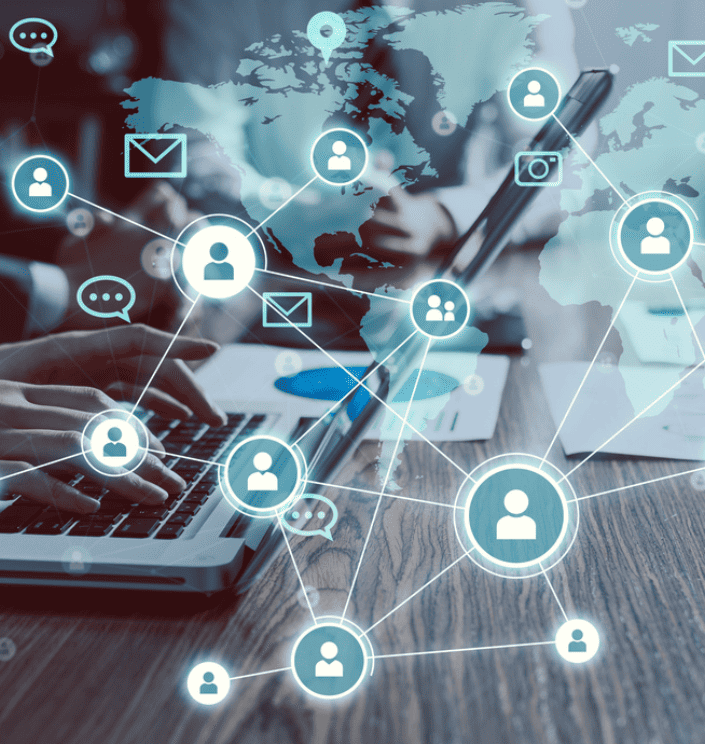
What our clients say
Trusted by the World’s Best Companies
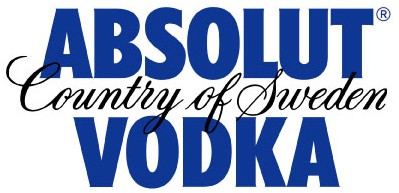




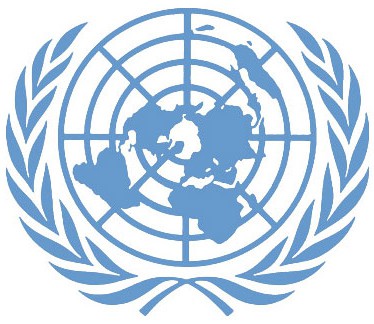








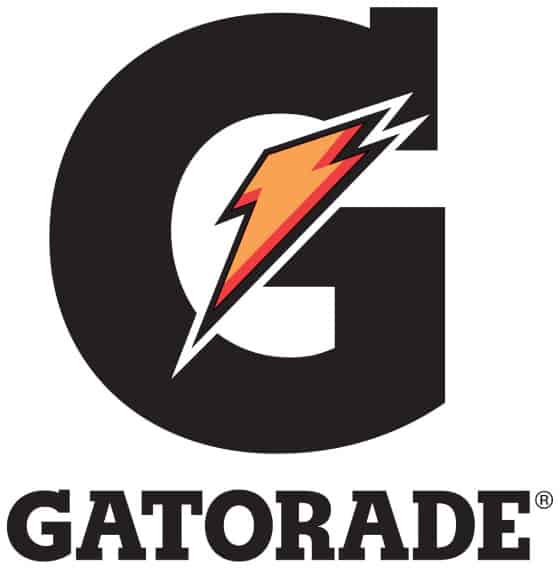









Contact us
Duffy Agency maintains a meeting space in Malmö, Sweden and Boston, MA, USA, but as of June 2023, we have converted to a 100% remote work model.
Duffy Agency USA
Mailing Address:5 Hutchings Dr Suite 100
Box 398 Hollis, NH 03049 USA
 +1 (617) 800-9887
[email protected]
+1 (617) 800-9887
[email protected]
Duffy Agency Europe
Mailing Address:Davidshallsgatan 27B
SE-21145 Malmö, Sweden
 +46 (40) 123-451
[email protected]
+46 (40) 123-451
[email protected]


